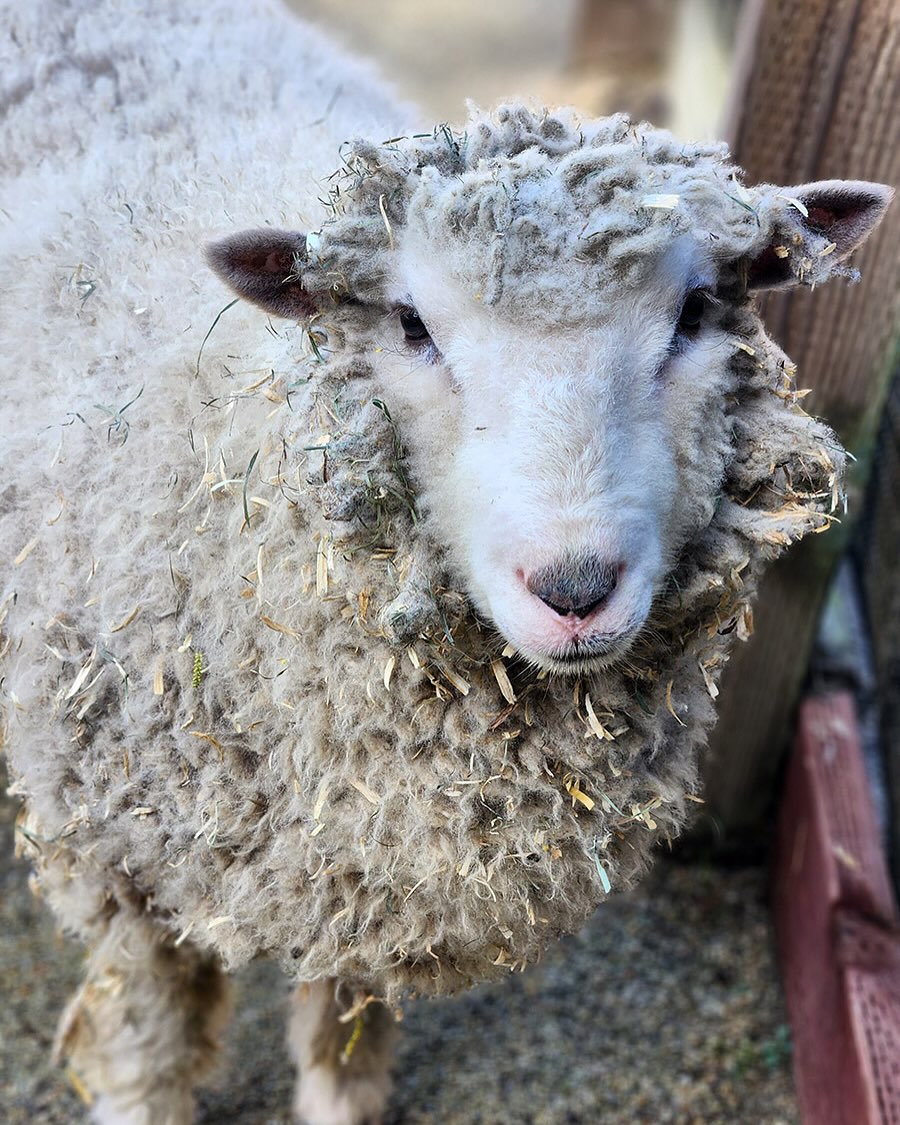- The significance of annual shearing for alpacas and Harlequin Babydoll sheep in farm management and animal welfare.
- The unique properties and benefits of alpaca and sheep wool, including its water retention and color diversity.
- The characteristics and growth patterns of one-year-old male alpacas and Harlequin Babydoll sheep, focusing on their weight and development.
- The behavioral traits and care requirements of these animals, highlighting their social nature and impact on farm operations.
- Strategies for integrating wildlife conservation and sustainable practices in managing family farms with alpacas and sheep.
Shearing alpacas and Harlequin Babydoll sheep is a critical task conducted annually for the benefit of both the animals and the farm. This routine practice is essential for animal welfare, providing environmental and economic advantages that offset the exertion involved in its execution. Not only does it allow farm animals to regulate body temperature and maintain skin health, but it also aids in the prevention of matting and external parasites. This process is vital to maintaining their overall comfort and usability in various climates. It is especially important for their productivity, considering how rapidly these animals’ fleece can grow.
Alpaca and sheep wool are prized for their distinctive qualities that are advantageous for numerous applications. Alpaca wool, for instance, is celebrated for its resilience and warmth, being a hollow core fiber that traps heat while remaining light and breathable. Moreover, its hypoallergenic nature makes it an excellent alternative for those sensitive to sheep wool. The wool of the Harlequin Babydoll sheep, known for its density, can absorb a significant amount of moisture without feeling damp. This feature is due to the unique structure of the fibers, which allows them to draw moisture away from the skin, providing comfort in a range of weather conditions.
Color diversity is another impressive aspect of these creatures. Sheep from both species come in colors from off-white to gray to the more dramatic black, allowing breeders and textile specialists a range of natural colors to work with without resorting to chemical dyes. This natural variety aligns with sustainable practices that reduce chemical waste, making them an appealing choice for eco-conscious consumers and producers.
The current weight and development of one-year-old male alpacas and sheep are noteworthy, as they typically weigh around 88 pounds before shearing. This weight, while indicative of healthy growth, also highlights the need for careful monitoring to optimize their health and productivity. These animals, particularly during their early growth stages, require strategic nutrition and stress management to support their development. Proper grazing and feed supplementation must be balanced to support their growing bodies while maintaining a manageable weight.
Behavioral traits play a significant role in how these animals contribute to farm operations. Known for their sociability, Harlequin Babydoll sheep and alpacas display distinct personalities that can enhance the farm’s dynamics. Their calm demeanor and generally docile nature make them a favorite among farmers and visitors alike. They thrive in communal settings, interacting amicably with one another as well as with humans. Interestingly, Harlequin Babydoll sheep often display a characteristic grin that has famously earned them the moniker of "smiling sheep."
Farm management must also consider the welfare aspects specific to these animals. The influence of shearing goes beyond physical benefits, contributing positively to their social and mental health by promoting interaction and activity. More so, it reinforces the bond between humans and animals, crucial in farm settings where animal behavior significantly impacts operational success.
Implementing strategies that integrate wildlife conservation and sustainable farming practices is crucial in maintaining a balanced farm ecosystem with alpacas and Harlequin Babydoll sheep. Effective land management, rotational grazing, and responsible breeding programs form the backbone of a well-running farm, ensuring that resources are carefully managed and each cycle of care is completed with minimal environmental impact. Conservation-focused practices, such as reducing chemical use and implementing natural pest control methods, not only preserve ecological balance but also enhance the welfare of farm animals by providing safer and more natural living conditions.
This week marks an exciting time at the Family Farm, serving as a reminder of the intricate relationship between animal care and farm sustainability. Through consistent efforts in shearing, nutrition management, and the promotion of animal-friendly practices, the family farm stands as an attractive model for modern agriculture. It reflects a commitment to both tradition and innovation, underscoring the stellar attributes of alpacas and Harlequin Babydoll sheep within the agricultural narrative. Continuing this practice ensures the health of the farm and its assets, creating an environment where animals, people, and nature coexist harmoniously.
*****
Source Description
This week is a big week at the Family Farm! Our alpacas and Harlequin Babydoll sheep will be undergoing their annual shearing, and as you can see, our 4 one-year-old males are in need of a trim! Their short, dense wool can hold up to 30% of its own weight in water without feeling wet, and they come in colors of black, off-white and gray.
They are still growing, and currently weigh about 88 lbs. before shearing. You’re seeing their “before” photos here, and be sure to check out the “after” photos that we’ll post after their shearing! And of course, take a look at their fuzzy, grinning faces – they’re known as the “smiling sheep!”

